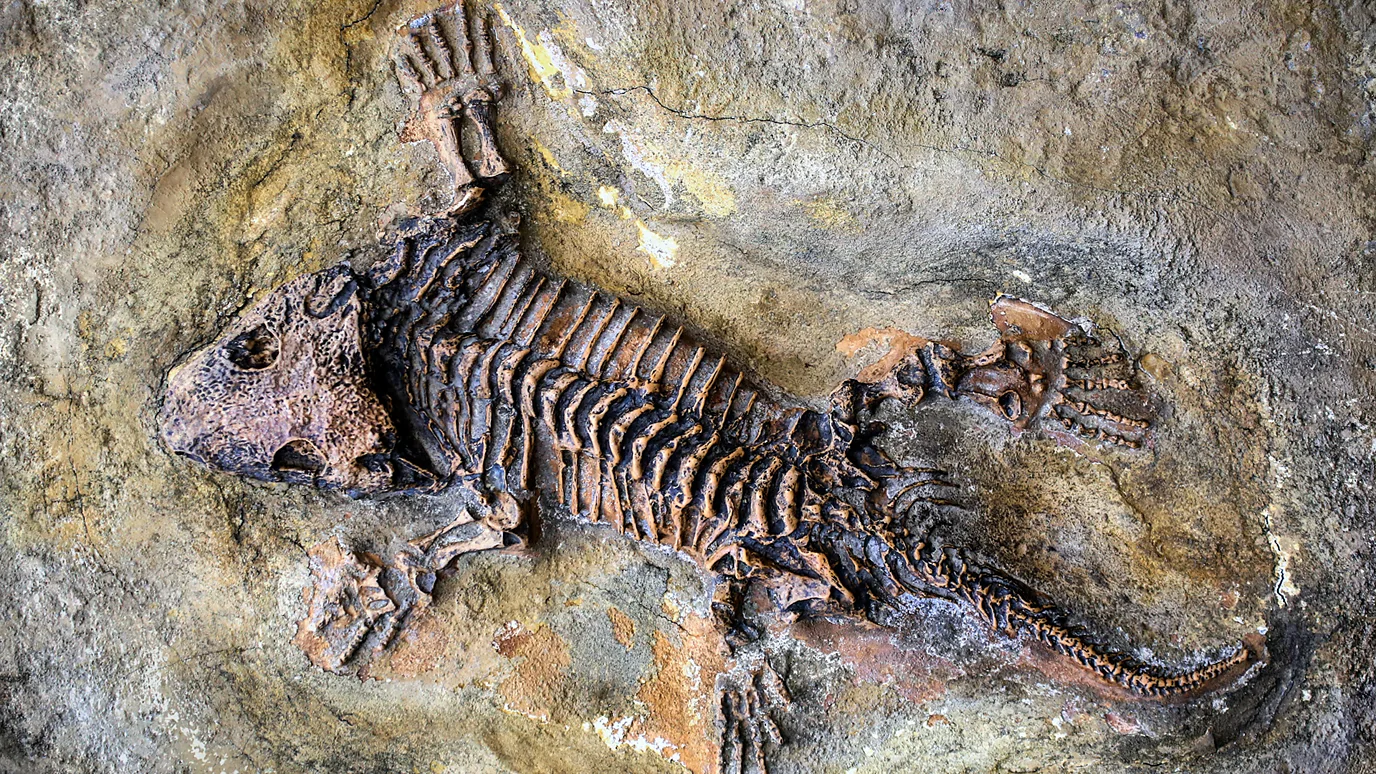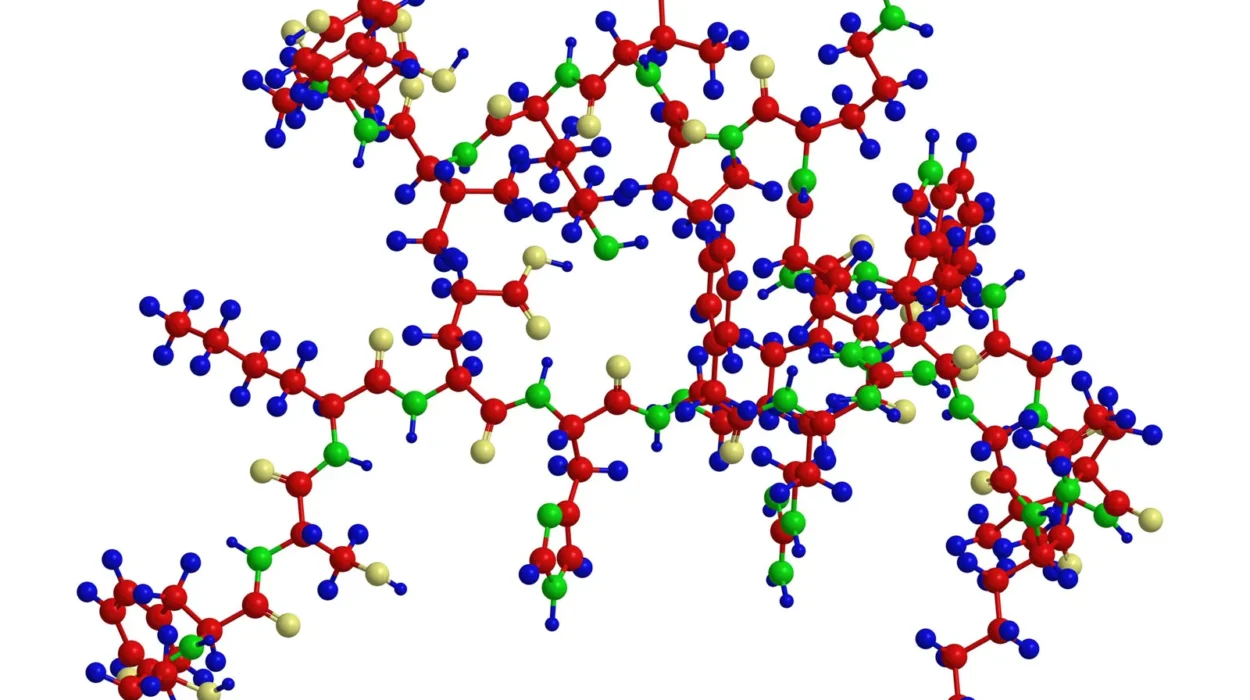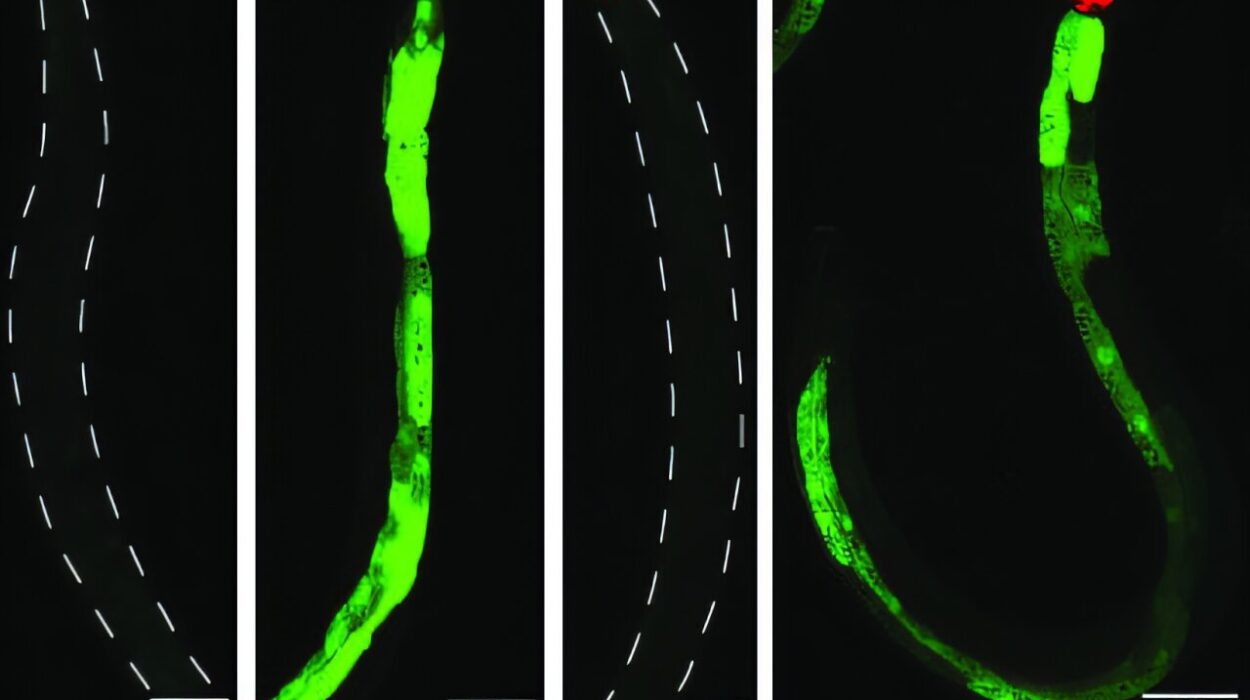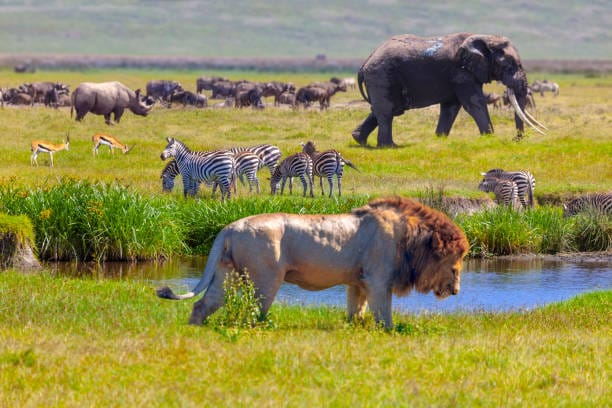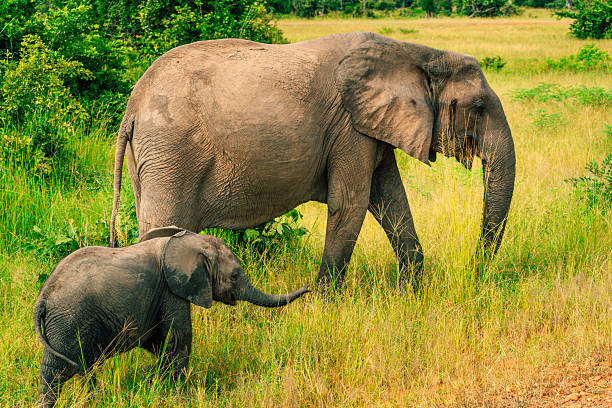To walk through a natural history museum is to enter a sanctuary of stone memories. Giant ammonites stare silently from glass cases. Dinosaur bones loom over curious children. Petrified leaves whisper from slabs of ancient shale. These remnants of long-dead creatures and vanished worlds feel like messages from a time forever closed to us. There’s a stillness, a silence, that suggests the fossil record is complete, or at least no longer growing.
But is it?
The question seems almost naive in its simplicity—do fossils still form today? But underneath that question lies a deeper curiosity: Is the Earth still writing its memoirs? Are we living within a chapter that will, one day, be entombed and rediscovered? The answer is yes—and it changes how we think about time, memory, and our place in the deep story of life.
What a Fossil Really Is
To understand if fossils still form, we must understand what a fossil truly is. At its core, a fossil is a preserved trace of life from the past. It could be a bone, a shell, a tooth, a leaf, or even a footprint. It might be the hardened resin of a tree, called amber, containing the trapped body of an ancient insect. It might be a burrow pressed into mud by a creature that vanished eons ago.
Fossilization, however, is rare. Most living things vanish without a trace. Their bodies are consumed by scavengers, decomposed by bacteria, or eroded by the elements. To become a fossil is to escape oblivion—to survive time.
The process of fossilization is complex. It usually begins with rapid burial. A dead animal must be quickly covered by sediment, such as mud or sand, to shield it from decay and scavengers. Over time, minerals infiltrate the buried remains. Bone becomes stone, flesh disappears, but the shape—sometimes even the microscopic structure—remains. The result is a fossil: a rock that remembers life.
This process does not require some ancient magic or bygone condition. It still happens today.
The Slow Work of Earth
It might seem like the conditions for fossilization were unique to prehistoric Earth. After all, that was a world teeming with strange creatures, shallow seas, and volcanic upheaval. But in truth, fossilization is not a thing of the past. It is a process that continues wherever sediment buries life.
On riverbanks where floods deposit fresh layers of silt, fossilization begins. In lakes where fish die and sink to an oxygen-poor bottom, where decay is slowed, it continues. In deserts, caves, swamps, tar pits, and even peat bogs, the Earth is still recording. Each year, thousands of animals, plants, and even microbes are caught in the act of preservation.
Consider the La Brea Tar Pits in modern Los Angeles. Even today, animals occasionally fall into the sticky asphalt and become trapped. Bones preserved in this way are technically thousands of years old, but they are part of the same ongoing process that has preserved life for half a billion years. The tar acts as both a trap and a preservative. While the bones may not yet be fully mineralized into true fossils, they are well on their way.
In cold environments like Siberia and Alaska, mammoths have been found nearly intact, frozen in ice for tens of thousands of years. While these are not yet “fossils” in the traditional mineralized sense, they are clearly examples of nature’s effort to preserve the past. Given enough time, and the right geologic conditions, they too will become stone.
Modern Fossils in the Making
One might wonder—what from our current world will fossilize? Will the skeleton of a whale that dies today on the seafloor become a fossil millions of years from now? Could a forest, devastated by wildfire, leave behind carbonized tree trunks to be uncovered in some distant future?
The answer is yes. All over the planet, the Earth is quietly pressing down on remnants of the present.
In river deltas, such as the Mississippi or the Amazon, vast amounts of sediment are deposited each year. Dead fish, turtles, leaves, and even human artifacts are buried by these shifting layers. In peat bogs in Europe and Southeast Asia, entire trees fall, are buried in waterlogged conditions, and become slowly compressed into coal-like substances. These are the earliest stages of what might become future fossils.
Coral reefs, too, are active fossil-making environments. As corals grow, die, and are buried by shifting sands or volcanic ash, they leave their limestone skeletons behind. The Great Barrier Reef may one day appear as a fossilized reef, much like the ancient coral beds found in parts of Canada or the Alps.
Even urban environments are not immune. In the distant future, landfills, concrete ruins, or the remains of sunken ships might be encased in sediment and mineralized, forming the “technofossils” of the Anthropocene—fossils made not of bone or shell, but of steel, plastic, and silicon.
From Bone to Stone: The Timescale of Immortality
Fossilization takes time. Lots of it. The process is measured not in days or years, but in geological ages. It is a transformation dictated by burial, mineral chemistry, pressure, and the passage of deep time.
For a bone to fossilize, it often must remain undisturbed for thousands to millions of years. Groundwater, rich in minerals like silica or calcite, seeps into the porous structure, slowly replacing organic material with stone. This petrification preserves even the tiniest details, from the ridges of a tooth to the spiral of a seashell.
Because this process is slow, many of the organisms currently undergoing fossilization are invisible to us. We can’t see the Earth turning them into stone. But they are there—in floodplains, in lakebeds, in the murky depths of oceans, slowly changing from life to memory.
And just as fossils continue to form, others are destroyed. Erosion, tectonic activity, and human construction all erase fossils as well. The fossil record is not a growing archive—it is a shifting balance between preservation and loss.
Fossils of the Future
Imagine an alien species arriving on Earth ten million years from now. They dig into the Earth and discover a strange mix of stone bones and technological debris. Fossilized birds with metallic fragments in their stomachs. Layers of plastic interspersed with petrified trees. The carbon imprint of human cities, side by side with the fossilized jawbones of rats, cats, and dogs.
They might conclude that this period—our period—was one of immense geological interest. In fact, many scientists argue that we are currently in a new geological epoch: the Anthropocene. One defining trait of the Anthropocene is the distinctiveness of the future fossil record we are leaving behind.
Some of these “future fossils” are likely already forming. Farm animals—especially chickens—have been raised in numbers beyond imagination, and their bones litter the Earth. Plastics, though not fossilizing in the traditional sense, can be chemically preserved in sediment, leaving traces of our synthetic age. Nuclear fallout may leave radioactive signatures in rock layers, detectable for millennia to come.
Thus, we are not only surrounded by fossils in the making—we are, unwittingly, authors of a new chapter in Earth’s geologic memory.
The Weight of the Present
The realization that fossils still form today brings a strange comfort and a quiet responsibility. It reminds us that we are not living at the end of history, but within its ever-rolling current. The animals that die today in a floodplain, the leaves pressed under volcanic ash, the bones of a bear buried in a cave—these may become, long after we are gone, objects of wonder and study.
Fossils are, in a way, Earth’s autobiography. They are the journal entries written in stone. We often view them as symbols of death, but they are also emblems of endurance. They speak of continuity, of survival against the odds. And they remind us that the present moment, however fleeting, can echo into eternity.
For scientists, finding modern fossilization is a window into ancient processes. By studying how animals are being preserved today—how minerals infiltrate bone, how decay is slowed, how sediments accumulate—they can better understand the conditions under which ancient fossils formed. This, in turn, helps paleontologists reconstruct ancient ecosystems with greater fidelity.
A Moment Trapped in Amber
Amber is a special kind of fossil—fossilized tree resin that can trap insects, pollen, even feathers in golden transparency. It is a time capsule, preserving not just form, but sometimes color, motion, and behavior. Modern resin is still being produced by trees in tropical forests, and it still occasionally traps insects. If buried and preserved, today’s resins could become tomorrow’s amber fossils.
One could imagine, millions of years from now, a scientist holding a piece of fossilized resin and marveling at the delicate form of a mosquito—its wings outstretched, its last moment perfectly captured. Perhaps even a trace of human blood inside. It’s not just fantasy. It’s entirely possible.
Fossils aren’t just bones and shells—they are entire worlds in miniature. They are snapshots of a vanished life, and those snapshots are still being taken.
The Fossil Record We’re Leaving Behind
So, what will the fossil record say about us? Will the abundance of chicken bones, plastic particles, and glass leave a confusing or disturbing record? Will paleontologists of the future recognize the signs of mass extinction—the sudden disappearance of countless species—as the mark of our age?
These are not rhetorical questions. Scientists today are already finding microplastics in sediment layers, along with chemical changes in soils, ocean dead zones, and a sharp decline in biodiversity. These are the beginnings of a geological story we are actively writing.
Unlike the trilobites or the dinosaurs, we have a unique awareness of our impact. We can see the fossils forming and know that we’re shaping a permanent chapter in Earth’s history. This knowledge brings with it a certain gravity. Are we good stewards of the fossil legacy we’re leaving behind? Or will our fossil record be one of warning, a cautionary tale embedded in stone?
The Answer Beneath Our Feet
Do fossils still form today?
Yes—every day, in quiet corners of the planet, the process continues. The Earth is still capturing life in the act of living, still preserving it against the pull of time. Fossilization is not a relic of the past. It is a living, ongoing process that ties us to the earliest life on Earth and to the future we cannot yet see.
Fossils are not just about extinction. They are about persistence. They are about what endures after death, what the Earth chooses to remember. And in this, they are not so different from us.
So the next time you see a bone half-buried in the sand, a leaf pressed into mud, or a shell caught in a stone, remember: you’re not just looking at the past. You’re witnessing the beginning of a memory that may outlast us all.
